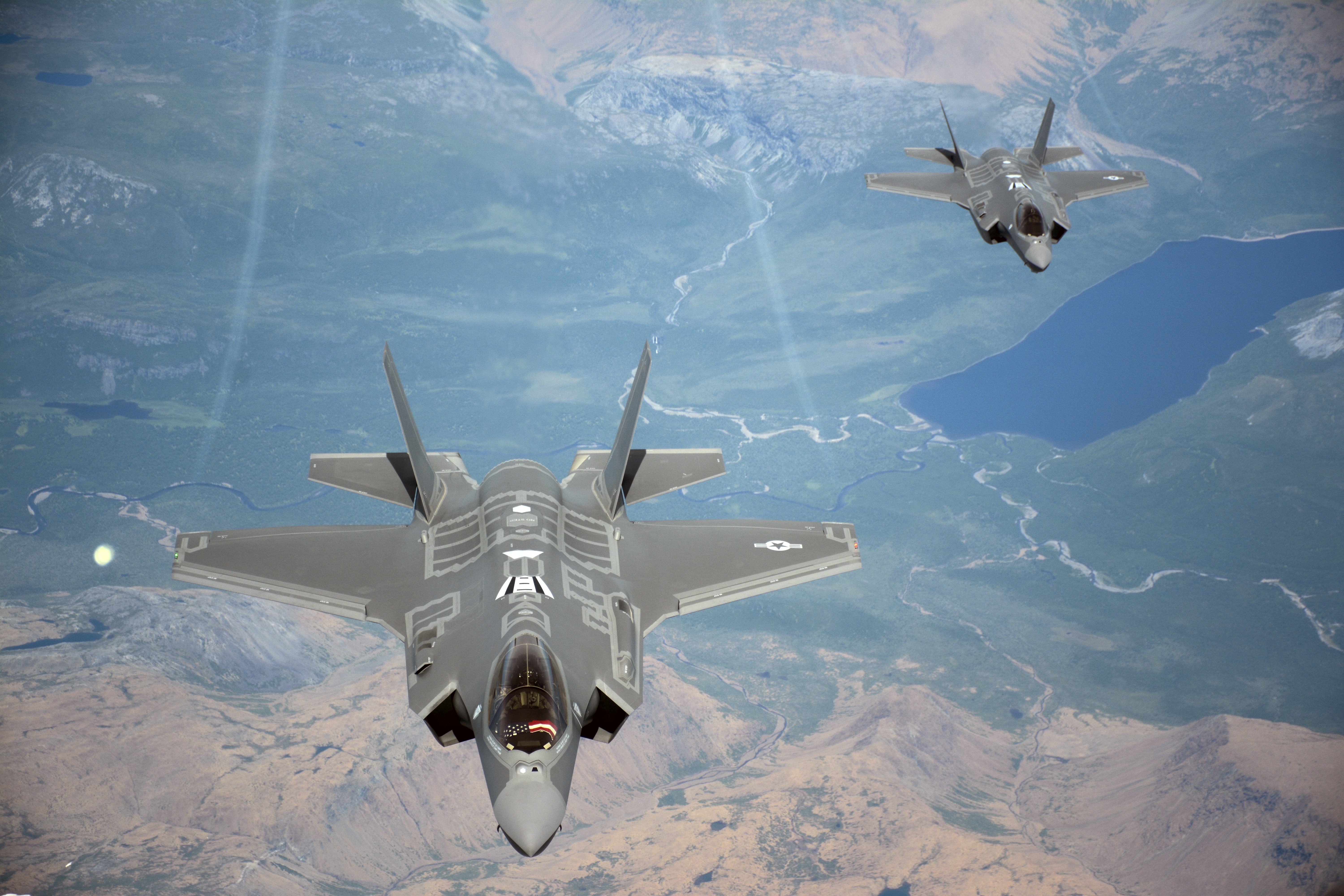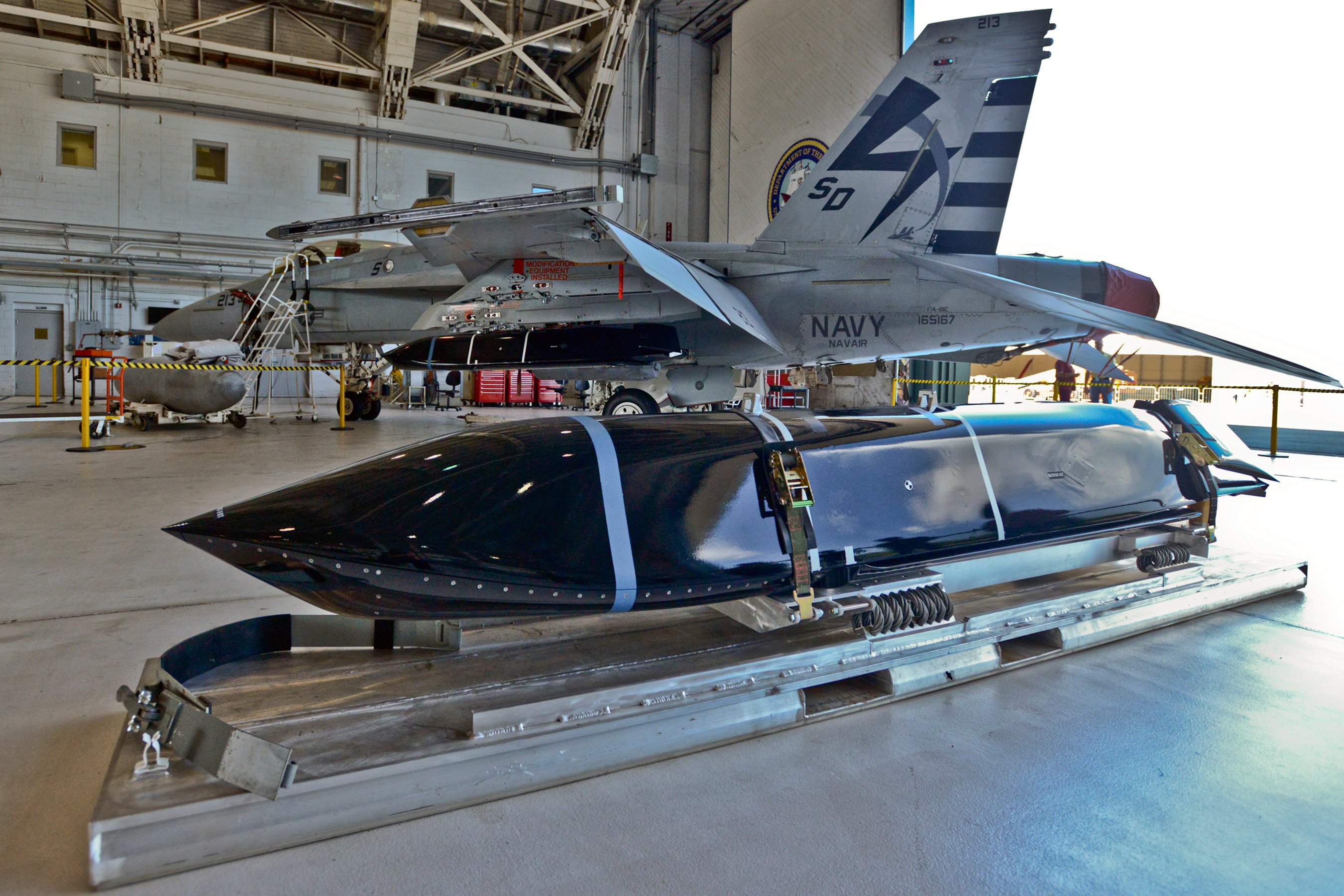
The stealthy F-35 Lightning II Joint Strike Fighter won’t be overly exposed to cost pressures if international customer Turkey is barred by Congress from taking ownership of its aircraft, Lockheed Martin’s senior leadership said while discussing second quarter financial results with Wall Street analysts during a Tuesday conference call.
For the three months ending June 24, Lockheed Martin reported sales of $13.4 billion, compared with sales of $12.5 billion a year ago. Profits for the quarter also increased, to $1.8 billion, compared to a profit of $1.7 billion a year ago. Aircraft sales, including the F-35, account for 40 percent of the company’s projected 2018 revenues of more than $50.3 billion.
In Fiscal Year 2019, Lockheed Martin is on track to deliver 91 F-35 aircraft, said Marillyn Hewson, chief executive, during the analyst conference call. The bulk of these aircraft are destined for U.S. military use.
Acknowledging media reports that a deal to produce the next batch of F-35 aircraft is nearly complete, Bruce Tanner, Lockheed’s chief financial officer, told analysts once finalized the agreement between Lockheed Martin and the F-35 Joint Program Office would help set the stage to set up a big block buy.
But analysts wanted Lockheed Martin officials to explain how potential Congressional action blocking Turkey from taking ownership of their F-35 aircraft could hurt the overall financial performance of the company’s largest program.
Congressional leaders, Pentagon officials and Lockheed Martin executives have all spoken frequently about the need to bring the overall program cost down to below $100 million per fighter if the program is going to be sustainable, but any cost savings plans discussed include Turkey’s planned purchase 100 F-35 aircraft. Turkey has been a member of the F-35 program since its 1999 inception.
However, Congress is threatening to block NATO-member Turkey from taking ownership of its aircraft because of concerns the nation is considering purchasing the Russian-made S-400 air and missile defense system.
The FY 2019 National Defense Authorization Act, which emerged from a conference committee Monday evening, specifically asks for Secretary of Defense James Mattis to provide Congress with an update on Turkey’s military relationship with the U.S. military. Turkey’s proposed purchase of the S-400 system concerns Congressional leaders, according to the NDAA language, because its deployment poses “operational and counterintelligence risks” to the U.S. operation of F-35 aircraft.
Coincidentally, last month Lockheed Martin held a roll-out ceremony for Turkey’s first two F-35 aircraft. Turkey’s F-35 acquisition is part the U.S. Department of State-administered Foreign Military Sales program, which allows foreign governments to purchase military equipment from the U.S. government. Purchases made through this program require Congressional approval.
“This is under the FMS, the foreign military sales arrangement,” Tanner said. “This is a contract between Lockheed and the US Government, as opposed to direct commercial sales, so we’ll continue to deliver aircraft until the U.S. government says don’t deliver those aircraft, which we’re not expecting.”
For now, Tanner said Lockheed Martin is delivering Turkish aircraft on schedule. For the time being, as is with the case with any international sale, Tanner said the Turkish aircraft remain in the U.S. as Turkey’s pilots train with their aircraft.
“We have some time before those aircraft would leave the U.S.,” Tanner said.
Meanwhile, Hewson said the company is evaluating how potential Congressional restrictions placed on Turkey’s F-35 program participation could affect aircraft production. According to Lockheed Martin, 10 Turkish companies have supported F-35 development and their participation could ultimately be worth more than $12 billion.
“We’ll comply with the guidance we get going forward,” Hewson said. “The program itself, it has some range of time before we’d have some action.”

Other Lockheed Martin highlights from the second quarter included a successful dual test event involving a Long-Range Anti-Ship Missile (LRASM), Hewson said during the call. A LRASM launched from an Air Force B-1B Lancer bomber identified its target and delivered a successful impact, Hewson said.
“This was the second successful dual LRASM flight test and represents our progress toward early operational capability on B-1B aircraft later this year, demonstrating our ability to rapidly deliver crucial capabilities to our warfighters,” Hewson said.
Until a year ago, Lockheed Martin had been pushing LRASM as an over-the-horizon anti-ship missile for use aboard Littoral Combat Ships or the future frigate. But in May 2017, the company decided not to include the LRASM in a Navy competition for such a weapon.





